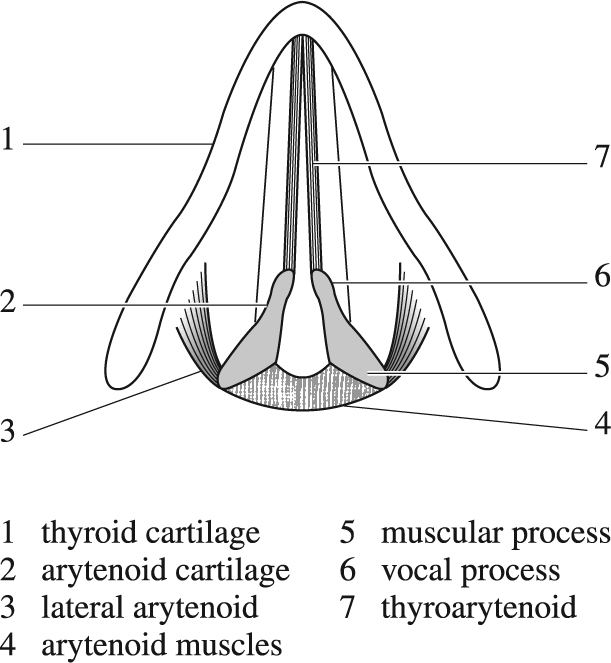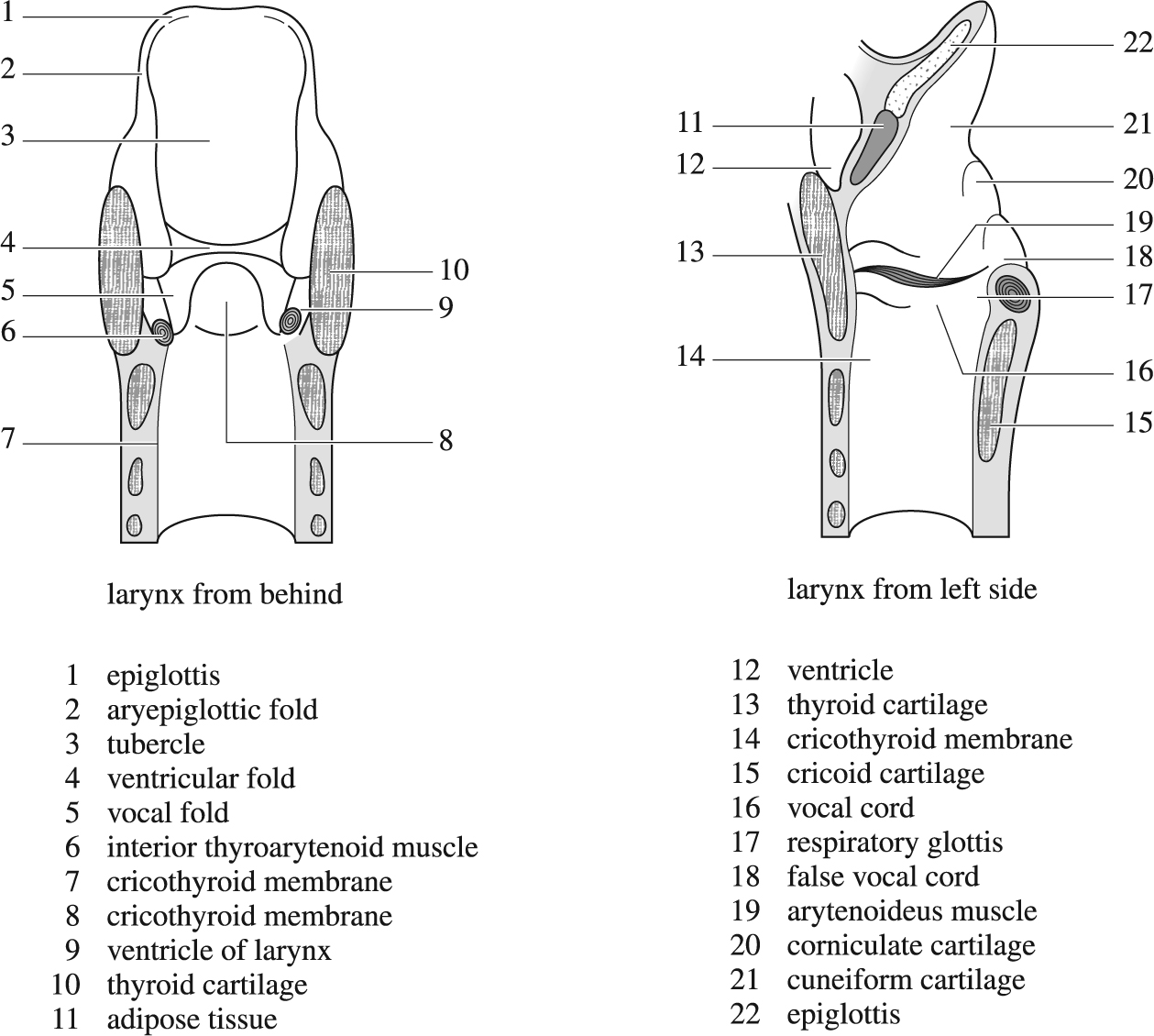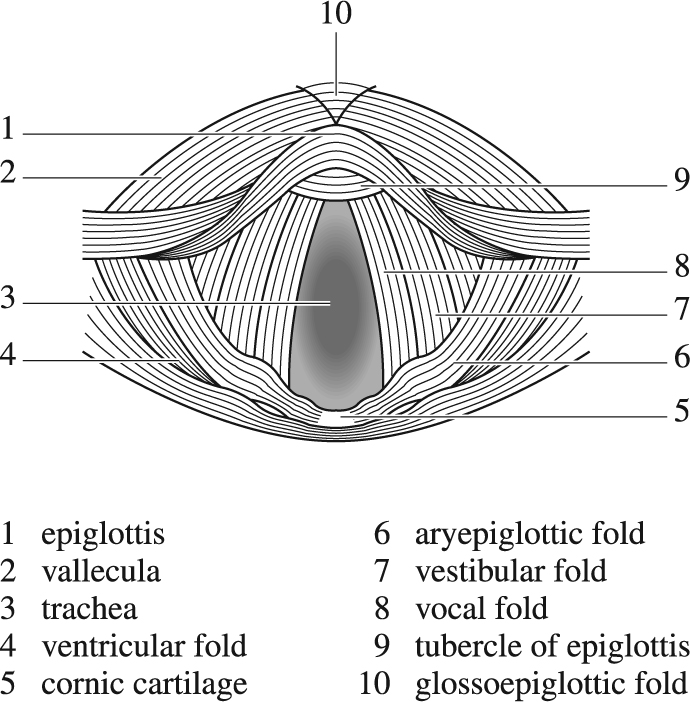is potentially dangerous in adults, but can be life-threatening in infants and children. Stridor – noisy, difficult breathing – is a symptom of obstruction. There are several causes, including congenital abnormalities of the larynx (laryngomalacia). Others are inflammatory conditions such as acute laryngitis (see below), acute EPIGLOTTITIS, and acute laryngo-tracheo-bronchitis (croup – see below); neurological abnormalities; trauma; and inhalation of foreign bodies.
Inflammation of the mucous membrane of the larynx and vocal cords may be acute or chronic. The cause is usually an infection, most commonly viral, although it may be the result of secondary bacterial infection, voice abuse or irritation by gases or chemicals.
may accompany any form of upper-respiratory-tract infection. The main symptom is hoarseness and often pain in the throat. The voice becomes husky or it may be lost. Cough, breathing difficulties and sometimes stridor may occur. Acute airway obstruction is unusual following laryngitis, but may occasionally occur in infants (see laryngo-tracheo-bronchitis, below).
Usually all that is needed is rest and analgesics such as paracetamol. Rarely, airway intervention – either ENDOTRACHEAL INTUBATION or TRACHEOSTOMY – may be necessary if severe airway obstruction develops. Affected patients should rest the voice and avoid smoking.
can result from repeated attacks of acute laryngitis; excessive use of the voice – loud and prolonged, singing or shouting; or tumours, which may be benign or malignant. It may also be secondary to diseases such as TUBERCULOSIS and SYPHILIS.
Benign tumours or small nodules, such as singer's nodules, may be surgically removed by direct laryngoscopy under general anaesthetic; while cancer of the larynx may be treated by RADIOTHERAPY and/or by SURGERY, depending on the extent of the disease. Hoarseness may be the only symptom of vocal-chord disturbance or of laryngeal cancer so any case which has lasted for more than three weeks should be referred for a specialist opinion.
Also known as croup. An acute infection of the respiratory tract in infants and young children, usually caused by parainfluenza virus. The onset is variable, but the croupy cough and stridulous breathing usually occur a few days after the onset of a viral upper-respiratory-tract infection. A harsh barking cough is typical of the condition. The majority of affected children can be treated with HUMIDIFICATION and a single dose of inhaled corticosteroid (budesonide – see CORTICOSTEROIDS), or a single day's treatment with oral prednisolone. Severe croup can cause serious breathing problems; the child should be referred for urgent specialist assessment, and hospitalisation is preferable in all such cases. Rarely, some form of intervention is necessary and this will either be in the form of endotracheal intubation or of a tracheostomy (see also PARADOXICAL VOCAL FOLD MOVEMENT (PVFM)).

Diagram of the opening of the larynx to show the action of the muscles. A horizontal section has been made at the level of the true vocal cords. The two cords are widely separated by the action of 4.

Diagram of the opening of the larynx to show the action of the muscles. The cords are now held together by the action of 3, 4 and 7.

Anatomy of the larynx.

A laryngoscopic view of the interior of the larynx.